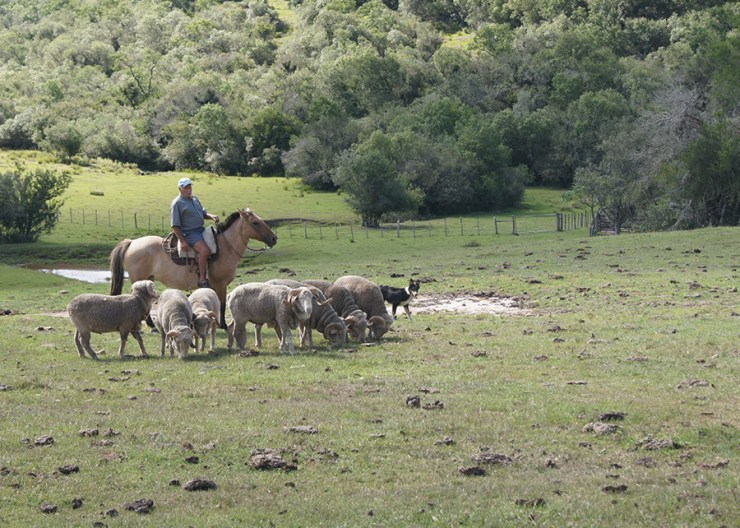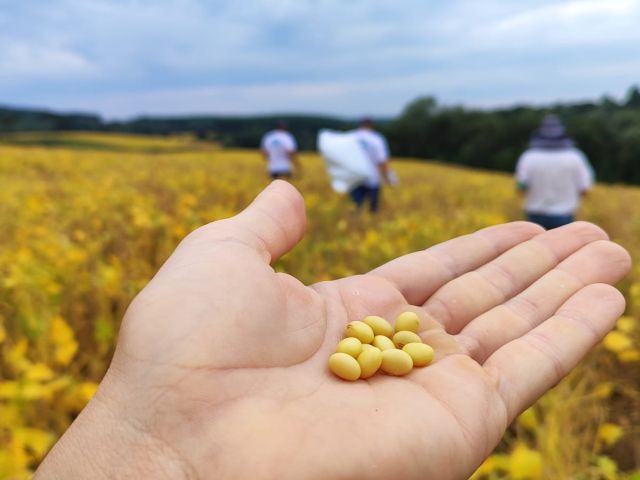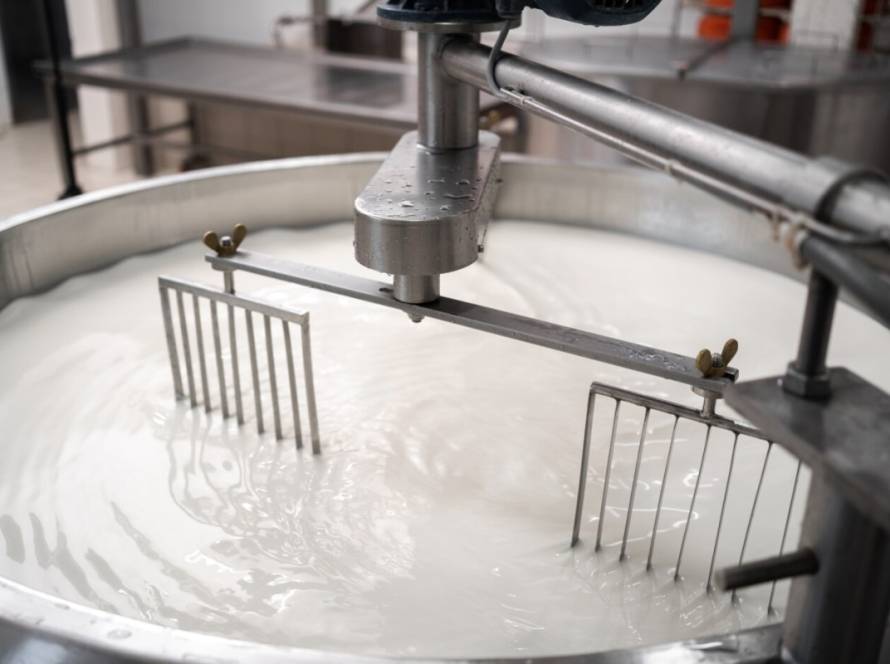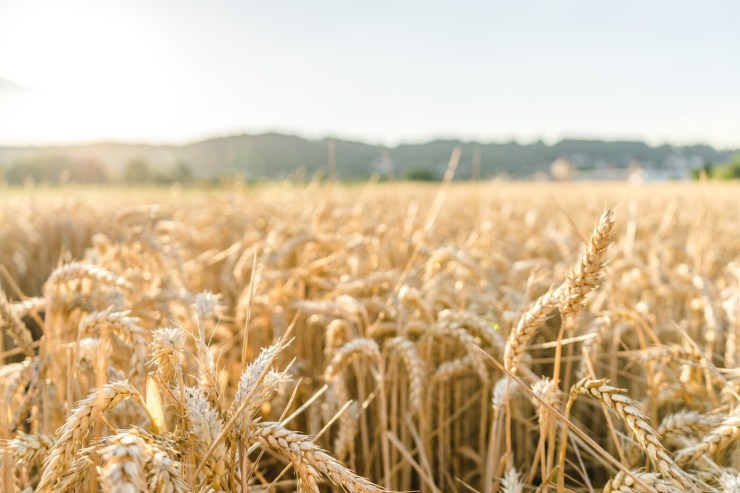The federal government announced the 2025/26 Harvest Plan with a total allocation of R$516.2 billion to the national agricultural sector. A technical analysis of the data presented reveals important details about the amounts invested and the evolution of interest rates for different lines of credit.
According to data released by the Central Bank, the 2024/25 harvest closed with a total of R$298.4 billion in rural credit executed, which represented a reduction of more than 14% compared to the previous period. Pronamp, a government-subsidized credit intended for medium-sized producers, received R$56.5 billion, an increase of 11.9%. Large producers registered a drop of 21.4%, totaling R$242 billion.
 A relevant point of the 2025/26 Harvest Plan is the inclusion of R$185 billion in Rural Product Bonds (CPR), a security that serves as collateral and not as a direct source of funds in the Central Bank's rural credit matrix. CPRs are private commitments for the future delivery of agricultural products and are private market instruments that facilitate production and marketing in the sector. Therefore, they are not public resources injected by the government into the rural credit system, which distorts the perception of the real volume of official contributions.
A relevant point of the 2025/26 Harvest Plan is the inclusion of R$185 billion in Rural Product Bonds (CPR), a security that serves as collateral and not as a direct source of funds in the Central Bank's rural credit matrix. CPRs are private commitments for the future delivery of agricultural products and are private market instruments that facilitate production and marketing in the sector. Therefore, they are not public resources injected by the government into the rural credit system, which distorts the perception of the real volume of official contributions.
Another frequently cited figure to justify the effectiveness of the previous Harvest Plan is the rate at which the announced resources were contracted. Although the government announced that 97.5% of the total offered in the 2024/25 harvest was contracted, official data reveal a different reality: R$$ 389.3 billion of the R$$ 476 billion announced for the 2024/25 cycle were actually contracted, which corresponds to 81.8% of the total, especially when considering only financing from traditional lines (Safra Plan) of rural credit, thus excluding instruments such as CPRs.
The government's interest rate equalization also fell significantly. The subsidy fell from R$16.3 billion in 2024 to R$13.5 billion, a reduction of R$17.51 billion. Of this amount, R$9.56 billion will be applied to family farming and R$3.94 billion to corporate farming.
The announced interest rates indicate a generalized increase in relation to the previous year. In Pronamp, interest rates rose from 8% to 10%, while in the credit line for the acquisition of agricultural machinery (Moderfrota), there was a jump from 8.5% to 13.5%. For other producers, the financing rate went from 12% to 14%. The Selic rate, currently at 15% per year, imposes an additional cost in interest estimated between R$$ 54 billion and R$$ 58 billion for rural producers.

Another relevant factor is the taxation of Agribusiness Credit Letters (LCAs). LCAs are private investment instruments that account for a significant portion of financing to the sector — up to 43% in the last harvest — and the imposition of taxes on these securities may affect legal certainty and the supply of rural credit, since investors tend to seek other investment alternatives and empty the cash flow of the sector's credit letters due to the possibility of taxation brought in by Provisional Measure 1303/2025.
The default scenario is also a concern. In free rates, rural credit default reached 5.2%, reflecting the high level of indebtedness of producers, who resorted to multiple financing options.
Furthermore, the budget allocated to rural insurance has suffered a sharp decline. Of the R$1 billion earmarked for 2025, only R$67 million has been effectively spent to date, just over R$61 million of the total, which jeopardizes financial protection against climate losses.
Despite the challenges, the performance of Brazilian agribusiness remains robust. In 2025, the Gross Production Value (GVP) of the sector is estimated at R$1.43 trillion, with R$937.55 billion from agriculture and R$495.13 billion from livestock, according to data from the Brazilian Confederation of Agriculture and Livestock (CNA).
The sector employed 28.5 million people in the first quarter of the year, creating approximately 171,000 new jobs compared to the same period in 2024, according to a survey by Cepea/USP in partnership with CNA. In 2024, agribusiness accounted for 23.2% of the country's Gross Domestic Product (GDP) and was the main driver of the 1.4% growth in the Brazilian economy in the first quarter of 2025, according to data from IBGE, driven by a 12.2% growth in agriculture. In addition to generating hundreds of billions in revenue, agriculture remains Brazil's main economic asset for balancing the trade balance.





